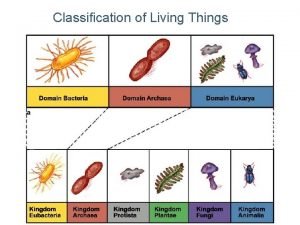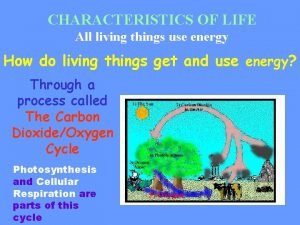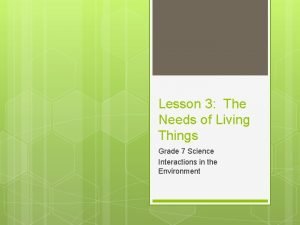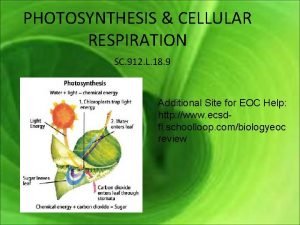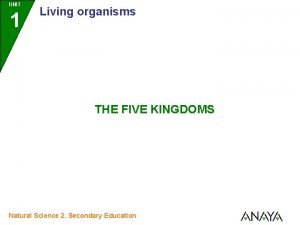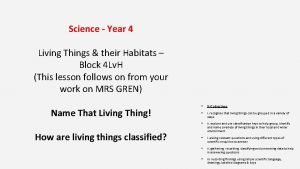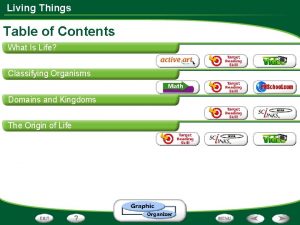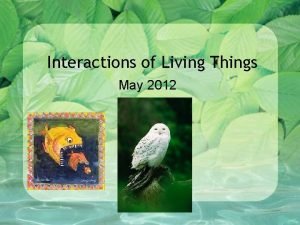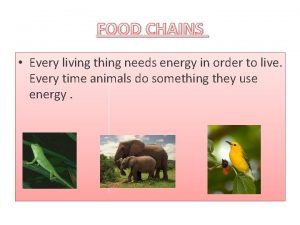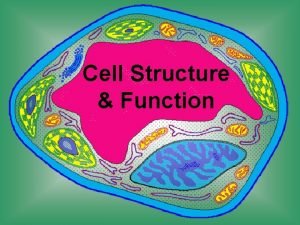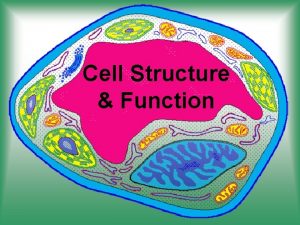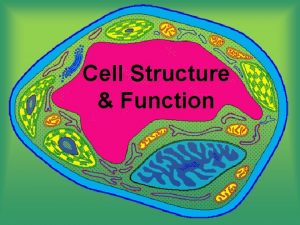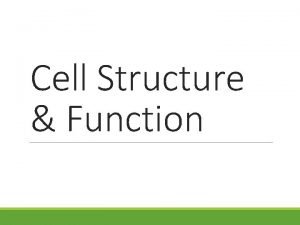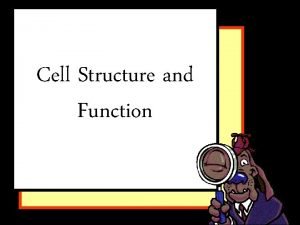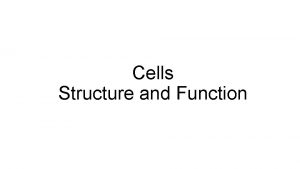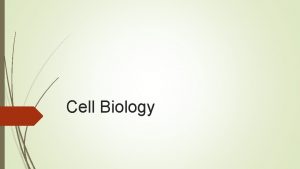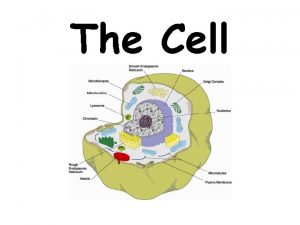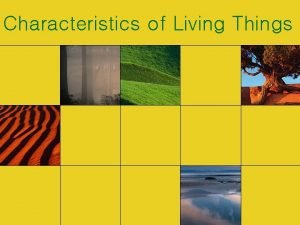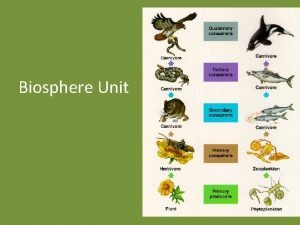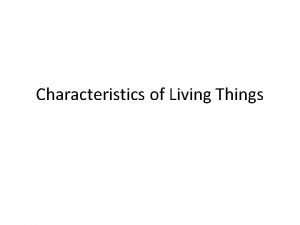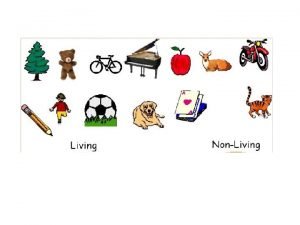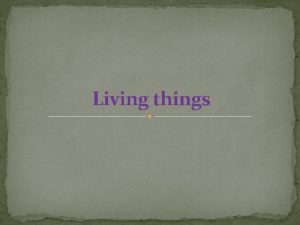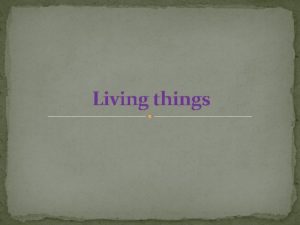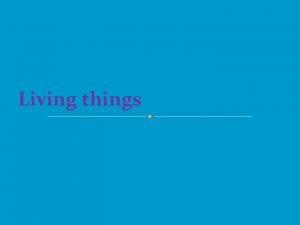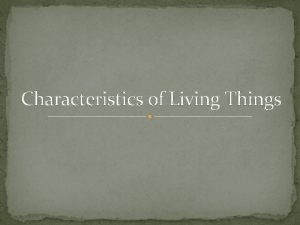Cell Structure Function Cell Theory All living things

























- Slides: 25

Cell Structure & Function

Cell Theory • All living things are made up of cells. • Cells are the smallest working units of all living things. • All cells come from preexisting cells through cell division.

Definition of Cell A cell is the smallest unit that is capable of performing life functions.

Examples of Cells Bacteria Nerve Cell Red Blood Cell Platelets

Cells contain organelles surrounded by membranes

“Typical” Animal Cell

Surrounding the Cell

Cell Membrane • Outer membrane of cell that controls movement in and out of the cell • Double layer

Inside the Cell

Nucleus • Directs cell activities • Separated from cytoplasm by nuclear membrane • Contains genetic material - DNA

Nuclear Membrane • Surrounds nucleus • Made of two layers • Openings allow material to enter and leave nucleus

Chromosomes • In nucleus • Made of DNA • Contain instructions for traits & characteristics

Nucleolus • Inside nucleus • Contains RNA to build proteins

Cytoplasm • Gel-like mixture • Surrounded by cell membrane • Contains hereditary material

Inside the cell are ‘baby organs’, called Organelles They each have very special jobs to do

Endoplasmic Reticulum • Moves materials around in cell • Smooth type: lacks ribosomes • Rough type (pictured): ribosomes embedded in surface

Ribosomes • Each cell contains thousands • Make proteins • Found on endoplastic reticulum & floating throughout the cell

Mitochondria • Produces energy through chemical reactions – breaking down fats & carbohydrates • Controls level of water and other materials in cell • Recycles and decomposes proteins, fats, and carbohydrates

Golgi Bodies • Protein 'packaging plant' • Move materials within the cell • Move materials out of the cell

Lysosome • Digestive 'plant' for proteins, fats, and carbohydrates • Transports undigested material to cell membrane for removal • Cell breaks down if lysosome explodes

Vacuoles • Membrane-bound sacs for storage, digestion, and waste removal • Contains water solution • Help plants maintain shape

Revision • State one function of the cell membrane • State one function of mitochondria within the cell • What is the role of the nucleus within the cell? • What is the proper name for a red blood cell? • What is the proper name for the platelet cell?

How would these questions be asked in the exam? • Learning about cells is one thing – but of course you need to know how the exam looks and how you will be asked these questions. • That is why you are given lots of exam style questions in the exam – so you have plenty of practice before exam time! • The following slide has an exam style question

ITEC style exam question on cells: This would make an excellent start to your revision cards – question on one side and the answer on the other! And the answer is

Da dah! Mitochondria! • This has been a brief look at cells • Now go back to the student area and see what you need to do next, which is • Look at the Louise Tucker book on cells and then do the homework given in the Student Area on Cells – it all flows forward giving you a good grounding in Anatomy and Physiology! Good luck
 This organelle often ships proteins to the golgi apparatus
This organelle often ships proteins to the golgi apparatus Seven life processes pictures
Seven life processes pictures Venn diagram of living and non living things
Venn diagram of living and non living things Why do we classify things
Why do we classify things Tissue are grouped together to form various
Tissue are grouped together to form various Life cycle of all living things
Life cycle of all living things What are the 5 basic needs of all living things
What are the 5 basic needs of all living things Are all living things based on the metric system
Are all living things based on the metric system All living things 1955
All living things 1955 What function does atp carry out in living things
What function does atp carry out in living things Name a line containing point a
Name a line containing point a Moss living or nonliving
Moss living or nonliving Living non living dead
Living non living dead Function of cells
Function of cells Why is water important to living things
Why is water important to living things Live n living
Live n living 5 kingdoms of living things
5 kingdoms of living things Living things grow
Living things grow Living things meaning
Living things meaning Ecosystems examples
Ecosystems examples Organic compound made by living things
Organic compound made by living things Classification of living things table
Classification of living things table Linnaeus
Linnaeus The 6 kingdoms
The 6 kingdoms Living things 20
Living things 20 How many links are there in a food chain
How many links are there in a food chain



